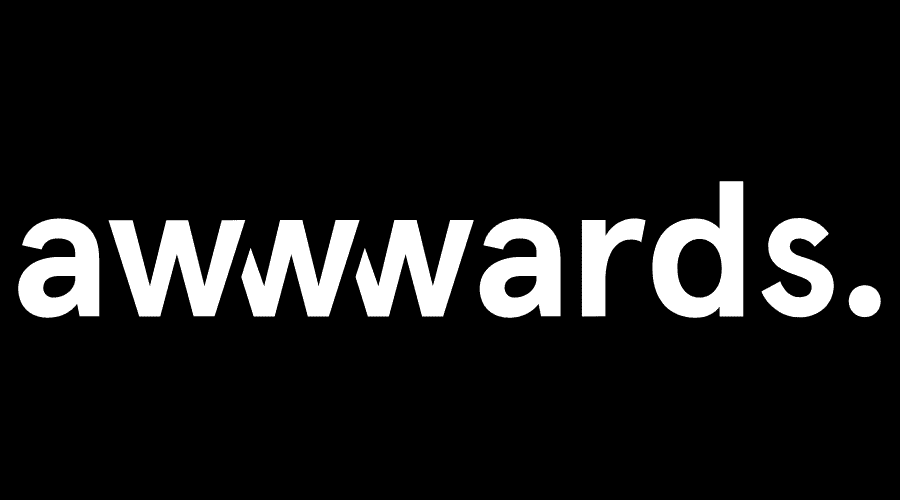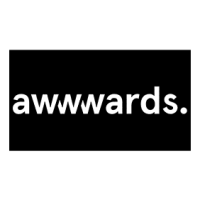Whether you use it in your own time or not, as a marketer, TikTok is becoming hard to ignore: it was the most downloaded app from 2019-2021 and boasts a billion active monthly users.
As a video platform, if offers a unique way to engage with large audiences in a way that feels more or less organic – especially if you do it right. So, what do you need to know about TikTok marketing?
Take a look around first
Before you think too much about how you could start using TikTok as part of you marketing strategy, get to know the app. You’ll quickly see that its format helps you engage with new content, without putting too much thought into it.
That’s all thanks to TikTok’s For You feed. It uses information it has about you to show you videos it thinks will align with your interests. Initially, you help it by selecting categories you’re interested in. As you use the app, it continues to build on what it knows, to show you the content you like. Occasionally, it’ll throw something different in the mix so there’s always the chance to see something new too.
As you use the app, you’ll start to notice something else: trends, sounds, dances and challenges that users everywhere post to their own profiles. TikTok is a champion of what’s known as user-generated content, which means the videos it houses are mostly made by everyday people. By making it easy for people to jump on trends, it makes it easy for users to think up, and contribute new content.
What’s special about user-generated content?
TikTok is unlike other social media apps in that users readily engage with new content and trends – not just what their friends are posting. And most of that content is made by users just like them.
This means that TikTok is, above all, authentic. Unlike the more polished content you see on Instagram, people have come to expect a more candid style from TikTok – you’re encouraged to not take yourself too seriously, and provide value through the content itself, not just the way it looks.
The perfect mix for engagement
The way TikTok is set up is quite different from other social media apps. The fact that users log on expecting to see content from people they don’t know, and be exposed to topics they might not otherwise see creates a completely different mindset in the user. This openness to engaging with new ideas is the perfect scenario for marketers, and is likely why influencers see the most engagement by far on the platform.
Not to mention, TikTok videos play automatically, one after the other. Not knowing what you’ll get next, combined with the short video format makes the app addictive – the average Australian will spend more than 20 minutes on the platform in a single session.
What we found at TheHypeSociety
If you get the balance right, TikTok has huge potential as a marketing tool. When launching a new product for a client, we decided to use TikTok ads as part of their broader strategy.
We trialled video ads that promoted different products, and tested different copy, with the aim being to get potential customers coming through to the website. The results? A cost per click of $0.52 and $2.81 cost to convert.
Overall, we saw 71 conversions from a modest $200 investment.
It was an inexpensive test that showed us TikTok was a strong choice of platform for the brand. And if you’ve been thinking about using the app as part of your strategy, it’s good to know you can try it without breaking the bank.
So, what do you need to do?
Get your brand set up
First, you’ll need to create a TikTok account, then change it to a business account. You can do this by clicking on the ‘Me’ tab in the app, then ‘Manage account’ and finally ‘Switch to business account’.
Then, sign up for an ads account. Doing it this way means you’re all set up with an ads manager that will let you manage your campaigns easily. You can link your business account to the ads account by clicking on your user icon in the top right and going to ‘User settings’. In the list, there’ll be an option to link your account.
You also have access to the TikTok Business Learning Centre which has a range of tutorials to help you with the ins and outs of advertising on the app.
Setting up your TikTok campaign
There are three levels to a TikTok campaign.
- Campaign
This is where you set the goal of the activity, whether it’s getting people to your website, generating leads, or just reaching as many people as possible. - Ad groups
Ad groups are kind of like the settings for your ads. They define the ad placements, audience, targets audiences, schedule, optimisations and bid options. You can have multiple ad groups in a campaign.
- Ads
And finally, you have the ads themselves, which is the creative people see. You can have multiple ads in an ad group. Having more than one ad in an ad group lets you test different creative on the same audiences, which is key to finding out what gets the best results.
Coming up with TikTok ads
This is where everything you learned from using TikTok as an average user comes in. Spending a little bit of time on the app every day will give you a sense of what’s trending, and more importantly, what’s engaging.
When you start to think about the kind of content your brand could produce, consider these three things:
- Does it fit with your overall strategy? Make sure the content supports the goal you’re setting out to achieve.
- Does it make sense for your brand? Authenticity is key, so if the messaging doesn’t make sense coming from your brand, you’ll have a hard time engaging people.
- Is it interesting? Remember there’s a big difference between providing people with value and yelling about yourself for no reason.
Tips for making TikTok ads
Once you’ve got a strong idea of what messaging you want to go out with, there are a few things you can do to give your video the best shot of working.
-
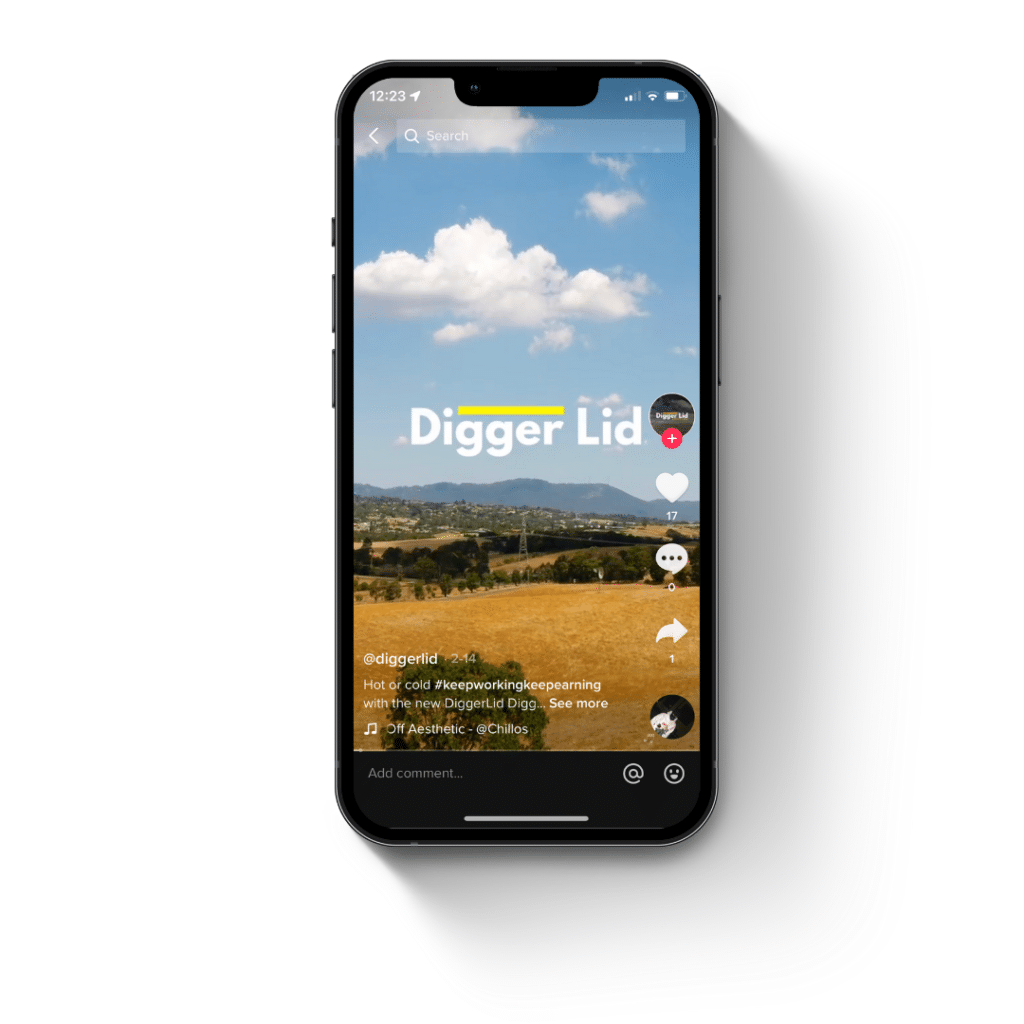 Shoot vertically
Shoot vertically
This is TikTok – not cinema. Most people have their phones upright while they use the app, and expect videos to be in that format.- Don’t cover up content
When you’re viewing content on TikTok, some of the video area is covered by buttons and text, so make sure there’s no risk of anything important being covered by them.
- Use sound
Unlike a lot of the other apps, TikTok users expect to hear sound when they use the app – it’s a video platform after all. You might’ve even heard someone refer to a ‘TikTok song’ – a song that goes viral on the app (there’s even a playlist of them). Like hashtags, sounds have identifiers that help your content get found. - Start with the hook
Give people a reason to watch the video. Often users will put text at the top of the video, or open with a description of what’s about to happen, in a way the viewer can’t ignore. - Keep it short
Not a whole lot is known about how the TikTok algorithm works, but Later suggests that videos that people watch the whole way through seem to have a better chance of going viral (not to mention likes and comments). - Use hashtags
Using a hashtag will help TikTok categorise your content – generic terms like ‘makeup’ or ‘cooking’ – so that it can show it to users who have those interests.
Another way you can use hashtags is by logging in and going to the trend discovery page (you’ll need to log into your account first), and seeing what hashtags are trending – there might be one that your brand can jump on in an authentic, entertaining way. - Don’t go for perfect
The more time you spend on TikTok, the more you’ll see it’s not the place for polished content. This means you’ll be rewarded for spending more time on your concept, rather than getting the visual details absolutely perfect.
Once you’ve got an idea of the content you want to use, take a look at TikTok’s guide on the video tools that are available to help you put the whole thing together.
Types of TikTok advertising
There are a few ways to advertise on TikTok, designed to accommodate different business budgets.
- Brand takeovers
This can be a static image that lasts for 3 seconds, or a 3-5 second gif, which is presented to all users when they first open the app. Only one brand takeover happens per day, which guarantees reach to a large audience. - In-feed video ads
These ads come up amongst the videos in the personalised feed of the user. TikTok recommends you keep them short – around 9-15 seconds (although they can be as long as 60 seconds). - Topview
A mix of brand takeover and in-feed video ads, where the video ad is presented when the user first opens the app. - Spark ads
Separate from your ads account, this is a way to boost content that’s on your feed, so more people see it. - Branded tools
You can also put stickers and filters on TikTok that other users can put over their own videos – effectively like digital merch. - TikTok influencers
If there’s a TikTok user that you believe has a certain synergy with your brand, you can ask them to create content on your behalf. Advertising this way means you reach an audience through someone they like and trust.
How to pay for TikTok advertising
When it comes to payment, you have a few options that you can choose depending on what you’re trying to achieve.
- CPM (Cost per mille/thousand)
You tell TikTok how much you’re willing to spend on one thousand impressions. - oCPM (Optimised cost per mille/thousand)
You tell TikTok how much you’re willing to spend on one thousand impressions from people who are more likely to then convert (whatever your measure of ‘conversion’ is for this particular ad). - CPV (Cost per thousand views)
You tell TikTok how much you’re willing to spend for one thousand people to view a 2-second or 6-second video. - CPC
You tell TikTok how much you’re willing to pay per click – that is, when a viewer sees your video and clicks on the link you’re directing them towards.
You’ve made a TikTok ad – now what?
Learning phase
Once your ads are out in the wild, they enter what TikTok calls ‘learning phase’. This is when TikTok attempts to reach the audiences you’re targeting, and finds out exactly who your content resonates with.
In this time, your CPA may fluctuate quite a lot, as TikTok runs tests that aren’t always successful. The rule of thumb is that after 50 conversions, the CPA should start to level out and you will have passed the learning phase – it’s important you leave the ads as they are for that time, so you don’t affect the testing process.
If your ad doesn’t create at least 20 conversions in a 10 day period, you won’t pass the learning phase. If this happens, you’ll need to rethink the creative and make changes that support the campaign goal.
Reporting
After you’ve released your ad into the world, the real fun starts. TikTok gives you access to reporting that explains how your ads are performing to help you learn what works best for your brand.
Your dashboard gives you a high-level view of what’s going on with your ads. To get into the finer details, head to the campaign page to see the data for all your campaigns, ad groups and ads. You can play around with what order the data is presented in and click ‘View data’ to get more comprehensive information on specific areas.
Remember to give your ads a bit of time before reading too far into the data. Once you’ve got some comprehensive stats, you can figure out what opportunities there are to optimise your ads in the future.
Keep exploring!
TikTok is a community of highly engaged, enthusiastic users. The community thrives on new trends, sharing information, and making other members laugh. To make sure your TikTok strategy stays relevant, keep an eye on what’s making other users tick, and figure out how your brand can contribute in a positive way.









